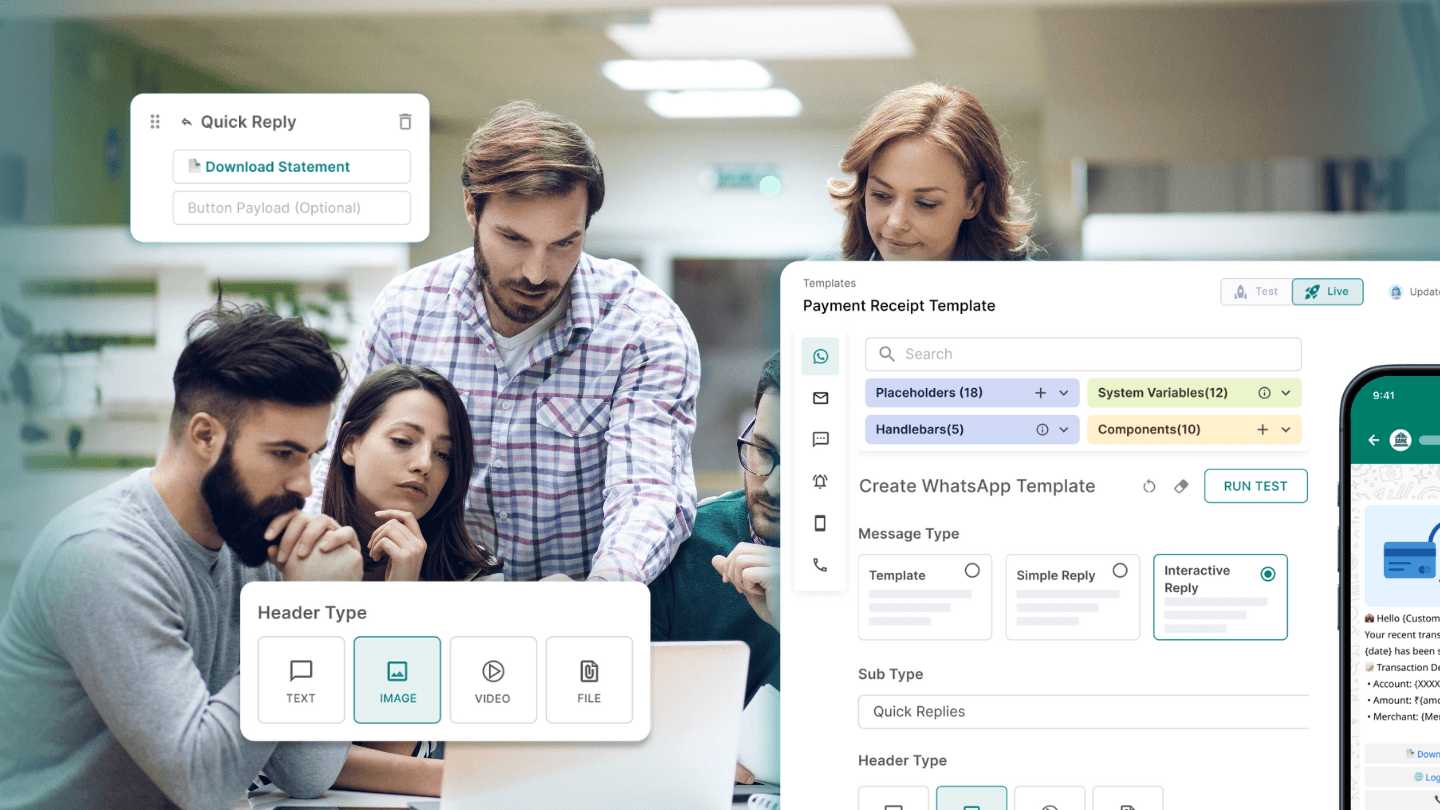👋 Hey there! We're Fyno—The folks behind the scenes making sure those delightful customer notifications get sent from a reliable and modular system that brings all communication channels together in one place.
Introduction
Effective communication is the cornerstone of successful business operations in today’s hyper-connected digital landscape.
However, the proliferation of communication channels has inadvertently led to fragmented messaging, presenting a myriad of challenges for companies aiming to engage with their users seamlessly. From the inefficiency of blasting blanket notifications to the lack of collaboration among teams, the pitfalls of fragmented communication are manifold.
Omnichannel communication aims to provide a seamless experience by integrating all interaction channels, ensuring that messages reach customers on their preferred platforms and reducing friction in engagement.
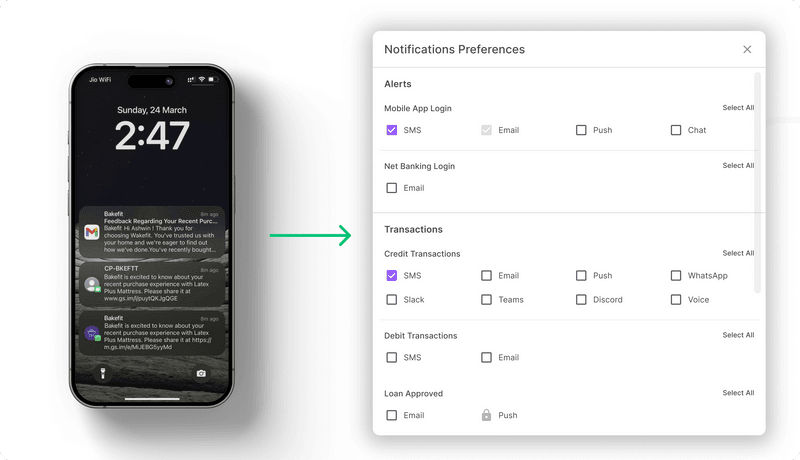
Yet, a solution is on the horizon: a centralized communication stack that offers a holistic approach to overcome these hurdles and streamline communication efforts across diverse channels.
Let’s understand how fragmented communication impacts business and the user experience it presents.
What is multichannel communication?
Multichannel customer communication refers to a company’s strategy to interact with its customers across multiple channels, ensuring accessibility and convenience. The multichannel approach involves utilizing various communication channels—like email, social media, and phone—to interact with customers. Whether through phone calls, email, social media, or messaging apps, multichannel communication aims to meet customers on their preferred platforms.
This approach is essential as it allows businesses to cast a wider net, engaging customers wherever they are most comfortable. However, the effectiveness of multichannel communication hinges on its execution. Poorly implemented strategies can lead to fragmented communication, where messages become inconsistent across different channels, potentially souring the customer experience.
Delivering messages through the right channel is crucial to enhance engagement and convenience in communication.
To address this, businesses often use centralized hubs that integrate data from all channels. This ensures that no matter where the conversation starts or continues, the information remains consistent and accurate.
For instance, in the banking sector, a customer might begin a query via email and later follow up through a phone call. With a robust multichannel strategy, the customer service agent will have access to all previous interactions, allowing for a seamless and informed response that enhances customer satisfaction.
1. The notification avalanche: Prioritizing quality over quantity
Imagine a scenario where your digital devices incessantly buzz with notifications from the same app, each clamouring for your attention. This phenomenon, often called “blanket bombing,” occurs when notifications are dispersed across channels, including mobile applications, without strategic forethought.
Companies often resort to indiscriminate messaging to reach users urgently, bombarding users with notifications across channels. This approach not only leads to user fatigue but also diminishes the effectiveness of communication efforts.
While disseminating information is crucial, bombarding users with irrelevant or duplicate notifications only overwhelms and disengages them.
Establishing meaningful communication that cuts through the noise
Fyno addresses this challenge by providing a single notification API that empowers engineering teams to control and manage all aspects of product communication. By leveraging intelligent algorithms, Fyno ensures that notifications are tailored to each user's preferences and behaviour, delivering relevant information at the right time and through the most suitable channel. This personalised approach enhances user engagement and mitigates the risk of overloading users with unnecessary notifications.
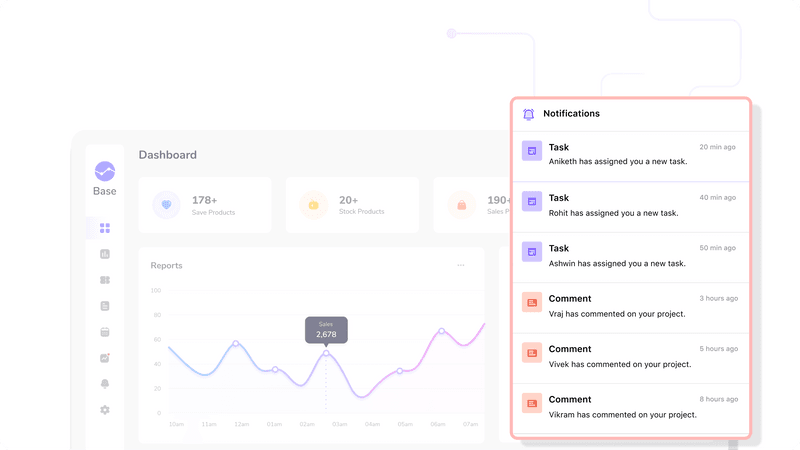
2. The lack of Insight into the communication lifecycle
Another significant drawback of fragmented communication is the lack of an observability layer to track the lifecycle of notifications. Without visibility into where notifications are sent, when they were delivered, and whether they failed, companies are left in the dark. Insights into past interactions are essential, as they help tailor messages to individual customer preferences and optimize communication strategies effectively, thus hindering their ability to assess the efficacy of all communication endeavours.
Building an observability layer
To solve this, centralisation is key. Fyno's centralised platform offers comprehensive observability features, allowing companies to monitor the delivery status of notifications in real time. From tracking successful deliveries to identifying potential bottlenecks, Fyno provides actionable insights that enable companies to refine their communication workflows and ensure the seamless delivery of messages across all channels. Everything is safely stored and easily accessible with a complete audit log that tracks when the notification originated, the time it took to process, its delivery status, etc.
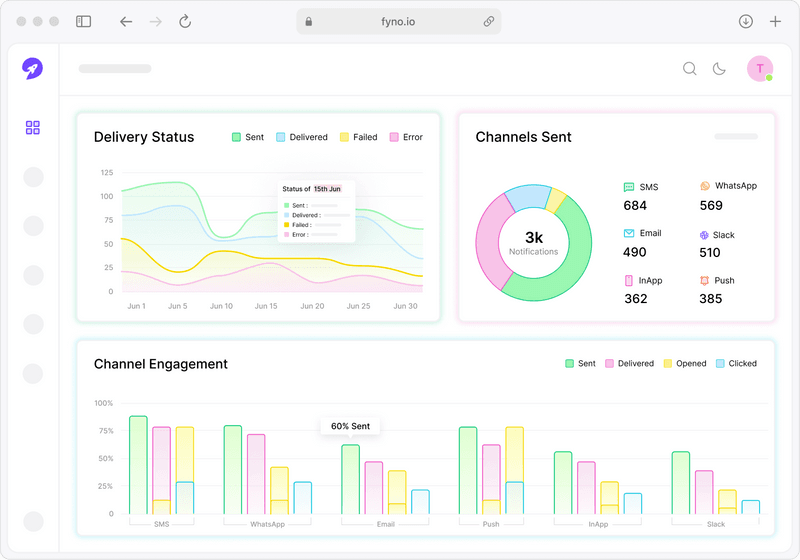
3. Lack of seamless collaboration among functions
Picture a scenario where your marketing team dispatches an email blast while concurrently, the product team disseminates an in-app notification regarding the same update. The resultant confusion among users is emblematic of siloed communication, wherein disparate teams operate autonomously, leading to incongruent messaging and disjointed user experiences.
Collaboration among different teams is essential for effective communication, yet fragmented messaging often leads to silos and disjointed efforts. Teams may struggle to coordinate their communication strategies without a unified platform to facilitate collaboration, resulting in inconsistencies and missed opportunities.
Breaking Silos, Building Bridges
Fyno bridges this gap by fostering collaboration among cross-functional teams through its centralised communication stack. By providing a shared platform for ideation, execution, and analysis, Fyno enables teams to collaborate seamlessly, ensuring that communication efforts are aligned with business objectives and user needs.
4. The higher cost of fragmented communication
Managing a multitude of communication channels is not merely time-consuming; it is also financially burdensome. Introducing a centralized platform like Microsoft Teams can significantly reduce confusion and improve efficiency by consolidating team communication.
From the complexities of managing multiple APIs to the optimization of delivery across diverse platforms, the high costs associated with maintaining and managing fragmented communication channels can erode budgets and strain resources.
Maximizing ROI on communication channels
Fyno helps companies optimize costs by providing a ready solution consolidating communication channels into a single platform. By streamlining infrastructure and leveraging the most cost-effective channels via intelligent routing and automation, Fyno enables companies to maximize ROI on their communication investments while delivering superior user experiences.
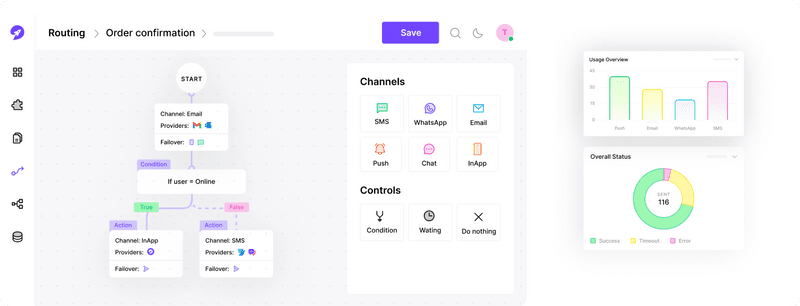
5. Broken communication experience across product lines
Fragmented communication often results in disjointed experiences across different product lines, wasting valuable time and resources on integration efforts. Omnichannel communications integrate all communication channels to enhance service and maintain the context of customer interactions effectively. Without a unified approach to communication, companies may find themselves reinventing the wheel for each product, leading to duplication of efforts and delays in time-to-market.
Moreover, there is a lack of information flow among databases of different products, leading to the waste of intelligence gathered at different points.
Streamlining integration efforts with multi-tenancy
Fyno streamlines integration efforts by providing a cohesive communication stack that can be easily integrated across all product lines. By offering a unified API and comprehensive documentation, Fyno simplifies the integration process, allowing companies to focus on innovation and differentiation rather than wrestling with communication infrastructure.
6. Compliance and security concerns
Managing compliance and security across various communication channels is more crucial than ever. Businesses often face significant challenges in maintaining data protection standards, even between different teams of the same organisation, which can lead to legal and financial repercussions.
Inconsistent data handling: Different channels may have varying levels of security measures, making uniform data protection difficult. This is where multitenancy comes into the picture
Regulatory compliance: Adhering to laws like GDPR or HIPAA across all platforms can be daunting but is essential for legal operations.
Audit trails: Without cohesive communication strategies, creating clear and compliant audit trails is challenging, leading to potential breaches in protocol.
Other costs of fragmented communication
Inconsistent Brand Messaging: Disparate communication channels can result in a lack of cohesive brand messaging, undermining brand identity and diluting organizational messaging.
Compliance Risks: Fragmented communication poses inherent risks regarding compliance with regulatory frameworks such as GDPR or CCPA, potentially exposing organizations to legal ramifications.
Missed Opportunities: Failure to streamline communication channels may result in missed opportunities to engage with audiences effectively, compromising customer retention and loyalty.
Conclusion
In conclusion, fragmented communication poses significant challenges for companies seeking to engage with their users effectively. From the inefficiency of blanket notifications to the lack of collaboration among teams, the pitfalls of fragmented messaging are diverse and far-reaching.
However, with Fyno's centralized communication stack, companies can overcome these hurdles and streamline their communication efforts across diverse channels. By leveraging smart notifications, enhancing observability, fostering collaboration, optimizing costs, and streamlining integration efforts, Fyno empowers companies to deliver seamless and personalized user experiences, driving engagement and fostering long-term relationships.
FAQs
1. What is fragmented communication?
Fragmented communication occurs when messaging is inconsistent and scattered across multiple channels.
2. What is multichannel communication?
Multichannel communication involves using multiple channels like email, social media, and phone to interact with customers.
3. What is an observability layer in communication?
An observability layer tracks the status of notifications, including delivery and failures, providing actionable insights.
4. How can fragmented communication affect user experience?
It can lead to inconsistent messaging and a disjointed user experience, reducing overall engagement.
5. What is the impact of "blanket bombing" in notifications?
"Blanket bombing" overwhelms users with irrelevant or duplicate notifications, causing user fatigue and reducing communication effectiveness.
6. What are the compliance risks of fragmented communication?
It can lead to inconsistent data protection and regulatory compliance, exposing organizations to legal risks.

